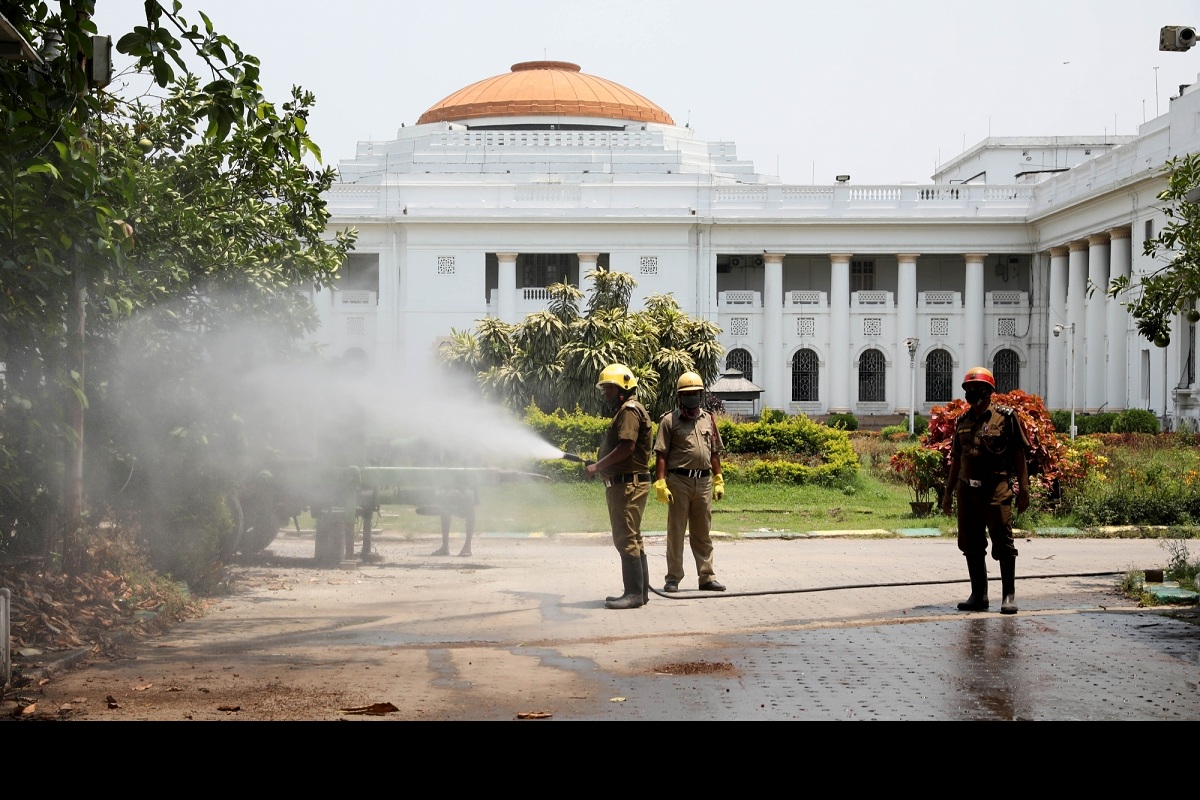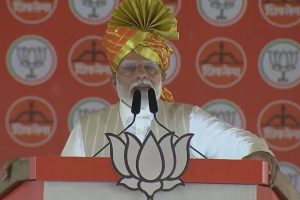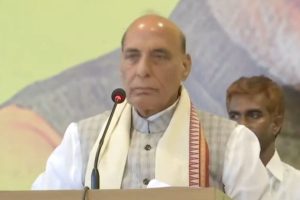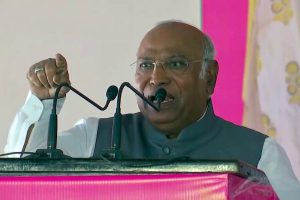Achange in strategy has been outlined after West Bengal had seemingly let its guard down. The lockdown laxity and soft-pedalling is eventually over. And yet the chief feature of the decision to crack the whip from 5 p.m. on Thursday, 9 July, must be that the state government will be seen to have woken up rather late in the day.
The decision to impose what they call a “strict lockdown” in the containment zones in as many as 12 areas within the city and the Greater Kolkata area comes after a surge in coronavirus afflictions and fatalities. On closer reflection, the expression, “strict lockdown” is somewhat tautological. A lockdown must ipso facto be strict; there is no scope for cutting corners.
Phases 4 and 5 of the lockdown, now in force, have been direly farcical with crowds and cars on the streets almost in a premature rerun of Puja evenings. Almost as farcical as the police making technical arrests of those without face-masks or violators being made to do sit-ups on the road. While both had afforded photo-opportunities, there was little or nothing tangible on offer.
It might seem therefore that there was no earnest effort to enforce the serial lockdowns or that there was too much of tinkering, far too little firm action. More basically, the spike in Covid cases may have a direct link with the fact that extensive violations have been tacitly condoned across the city and further afield, in the peripheral districts.
One could argue that the surge would not have been so awesome if the enforcement of the lockdown had been ruthlessly stricter than it has been. While every government must seek to strike a balance between the need for economic activity and a public health emergency, as indeed West Bengal has tried to do, there is no perfect method of actually achieving this, nor a model that can be uniformly applied because of differences in demography and socio-economic factors.
Thus, comparisons with other states would be as absurd as suggesting that the challenges posed by Kolkata and Bhubaneswar are identical. It is essentially a matter of trial and error. While it might seem that the outline of robust action unveiled on Tuesday followed a phase of masterly inactivity, it may not be a summation that is entirely fair to the administration.
Going by the Home Secretary’s announcement, the government is distinctly on overdrive ~ the closure will affect all government and private offices, nonessential services, congregations, transport and marketing. While the list of planned shutdowns points to the enormity of the surge, the areas within the affected areas and municipal wards are yet to be identified.
True, entire localities in central and south Kolkata and in the southern suburbs will not be covered by the latest shutdowns; only selected swathes are to be treated as containment zones. Sad to reflect, the lockdown since June has been an exercise in self-deception.











